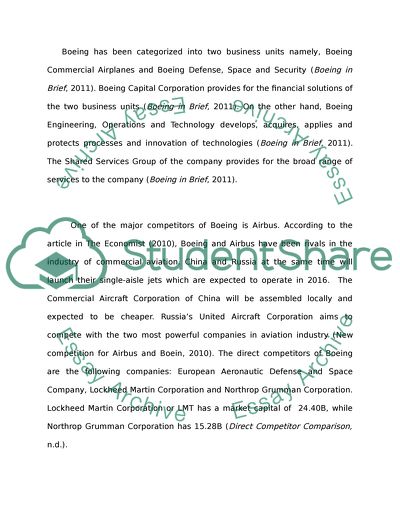Cite this document
(“Intrinsic Value of Boeing Company Research Paper”, n.d.)
Retrieved de https://studentshare.org/finance-accounting/1392516-intrinsic-value-of-boeing-company
Retrieved de https://studentshare.org/finance-accounting/1392516-intrinsic-value-of-boeing-company
(Intrinsic Value of Boeing Company Research Paper)
https://studentshare.org/finance-accounting/1392516-intrinsic-value-of-boeing-company.
https://studentshare.org/finance-accounting/1392516-intrinsic-value-of-boeing-company.
“Intrinsic Value of Boeing Company Research Paper”, n.d. https://studentshare.org/finance-accounting/1392516-intrinsic-value-of-boeing-company.


